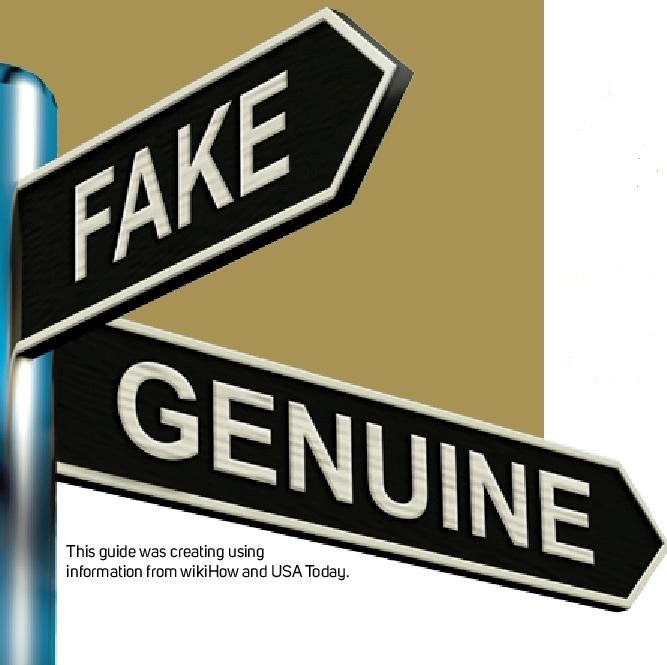Let’s be real: when we buy anything from anywhere, we expect the quality of a product to live up to the brand name, and we expect the retailer to see to the resolution of any potential problems. From brick-and-mortar retailers, these ideals can be more or less guaranteed. Online, however, it’s much trickier to be defended from the misfortune of purchasing fake goods.
When we think of “counterfeit goods,” we typically conjure up images of “Bolex” watches and “Guzzi” purses. While those certainly exist, the types of products are also far more broad and common, including everyday items like toothpaste, medication, and extension cords. In these cases, risks take a serious jump from easy breakage to self-poisoning.
Internet retailers are taking steps to prevent bootlegged goods from circulating. Amazon, the world’s largest online retailer, is actively suing those who sell counterfeit goods online. Although this is reassuring, defense against buying fake goods online starts with consumer vigilance. Here are five steps to help you distinguish the real from the fake online.
A Handelot Guide to Spotting Fake Goods Online

- look out for deals that are too good to be true. Not all fakes sell at lower prices than their genuine counterparts, but an unreal bargain is one of the surest signs of an unreal product.
- know the most most common counterfeited items. Handbags, wallets, and sneakers are three of the most bootlegged items sold online. know the most most common counterfeited items. Handbags, wallets, and sneakers are three of the most bootlegged items sold online.
- the more upscale the brand, the more likely it is to find a counterfeit knockoff. If a Hermes handbag is held in high esteem, then counterfeiters will come out of the woodwork to sell you a cheaper version of it, making it more difficult to find the real thing.
- Words matter. look for words in item descriptions that stop short of claiming 100% authenticity. Weasel words such as “compares to” and “replica” are dead giveaways that the product you are interested in is not authentic.
- When in doubt, spit it out. In the June 2007 counterfeit toothpaste scare, at least one person who became ill because of the product continued to use the product even though they noticed that it tasted awful. If something doesn’t seem right, especially in a product that you ingest, stop using it immediately and contact authorities. this
